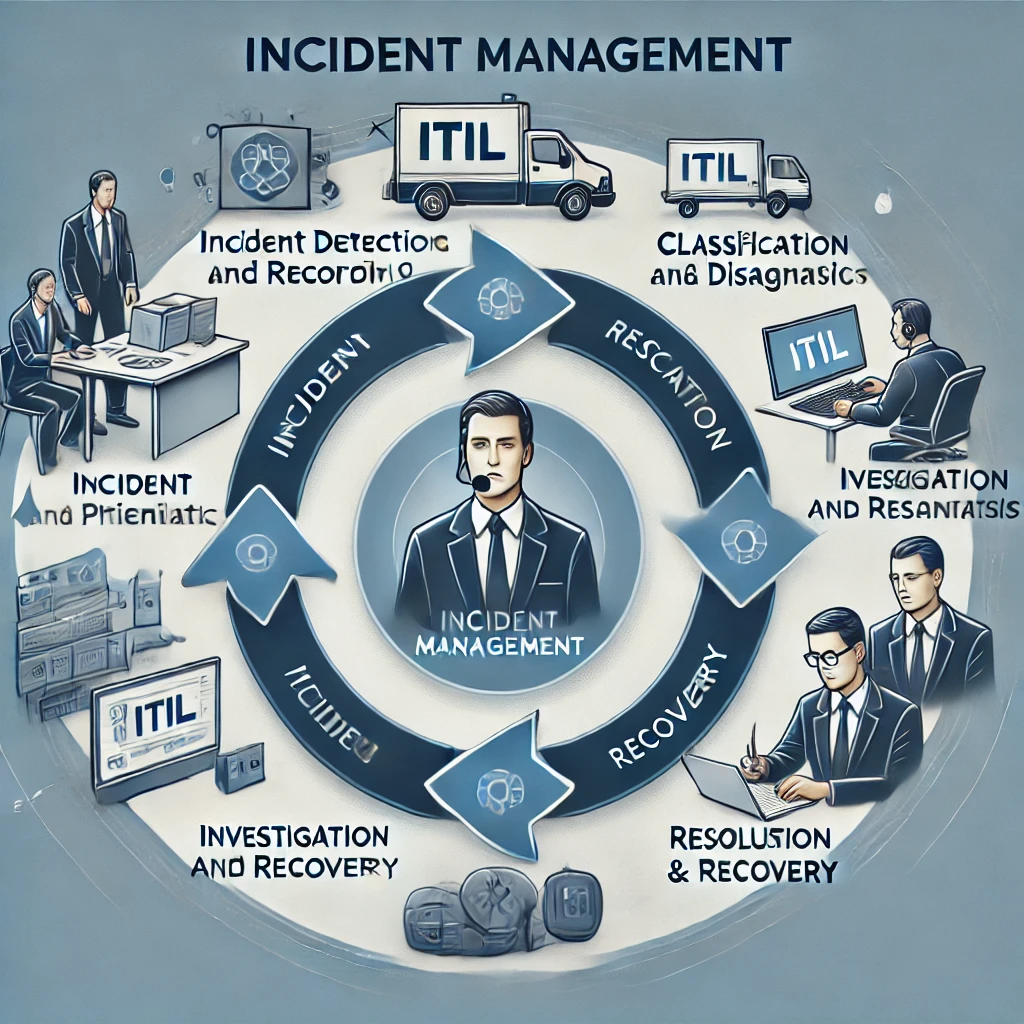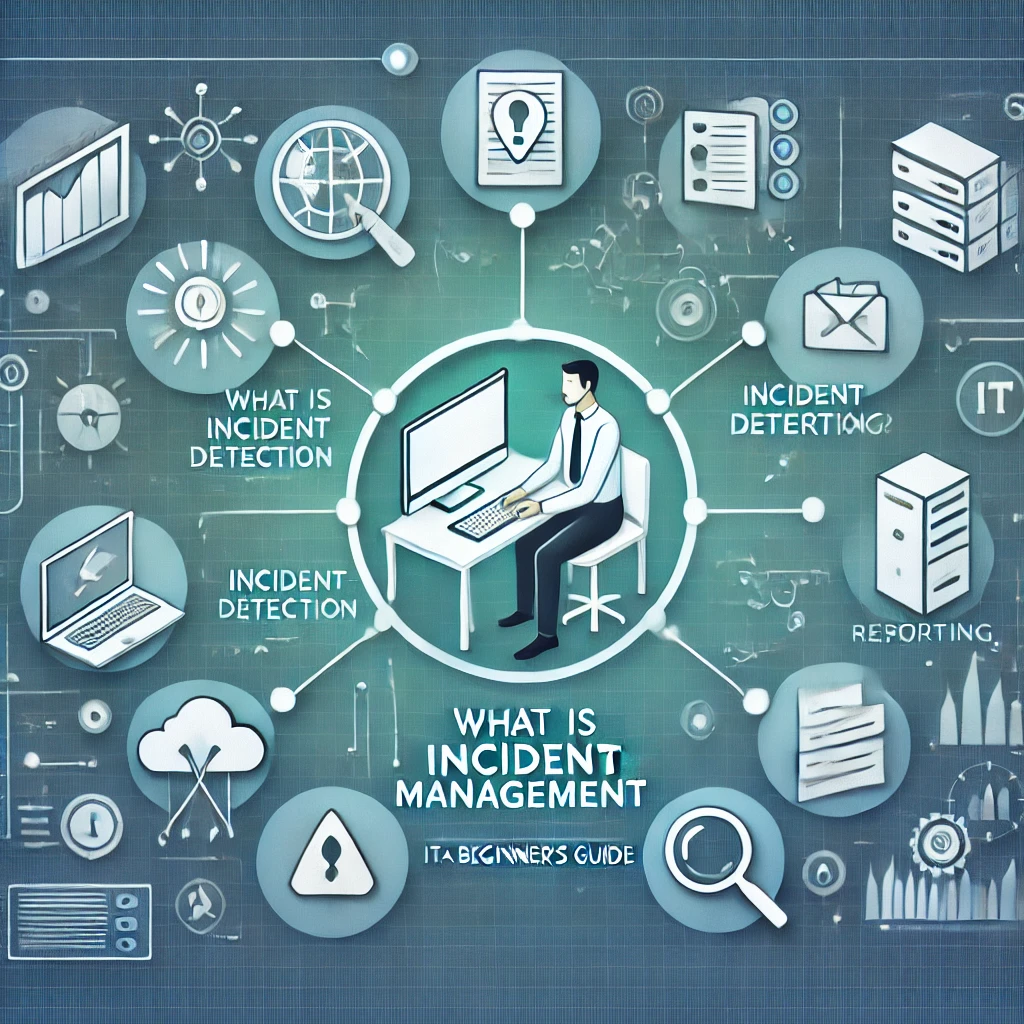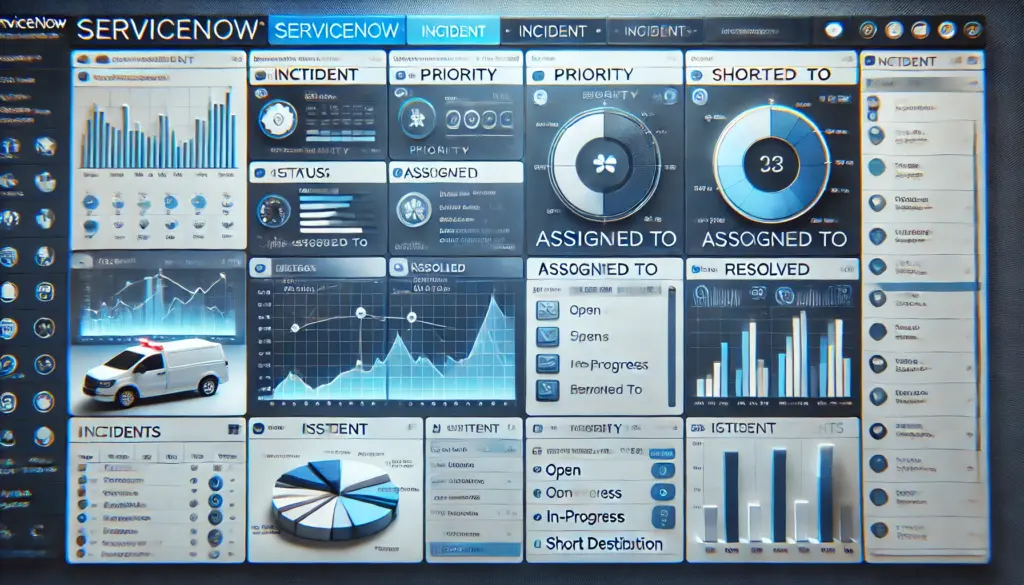Understanding the ITIL Framework for Incident Management
Introduction
The ITIL (Information Technology Infrastructure Library) framework is the global standard for IT service management (ITSM), offering best practices for managing IT services effectively. In this blog, we’ll explore how the ITIL framework supports incident management and why it’s crucial for efficient IT operations.

What is ITIL?
ITIL is a set of guidelines designed to align IT services with business needs. It covers various aspects of IT service management, including:
- Service Strategy
- Service Design
- Service Transition
- Service Operation
- Continual Service Improvement
Incident management falls under the Service Operation phase.
The Role of ITIL in Incident Management
ITIL defines incident management as the process of restoring normal service operation as quickly as possible to minimize business impact. It provides a structured approach to handling incidents efficiently.

Key ITIL Processes in Incident Management
- Incident Detection and Recording: Using monitoring tools to identify incidents early.
- Classification and Prioritization: Determining the severity and business impact.
- Investigation and Diagnosis: Identifying root causes and potential solutions.
- Escalation: Involving higher-level support when needed.
- Resolution and Recovery: Implementing fixes and restoring services.
- Incident Closure: Confirming resolution and documenting the incident.
Benefits of Using ITIL for Incident Management
- Standardized Processes: Consistency across incident handling procedures.
- Improved Response Times: Faster identification, escalation, and resolution.
- Enhanced Communication: Clear roles and responsibilities reduce confusion.
- Continuous Improvement: Lessons learned from incidents are used to improve future responses.
Real-World Application of ITIL in Incident Management
Organizations using ITIL can:
- Reduce service downtime
- Improve customer satisfaction
- Optimize resource allocation
- Strengthen IT governance and compliance
Conclusion
The ITIL framework provides a robust foundation for incident management. By following its best practices, businesses can enhance service reliability, reduce downtime, and improve overall IT performance. Understanding ITIL is essential for anyone pursuing a career in incident management.




